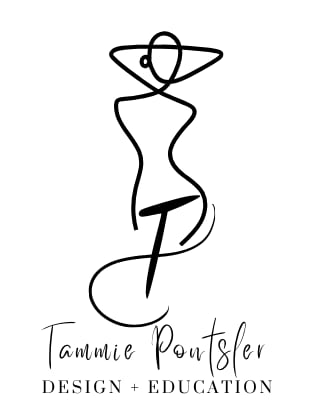Introduction to Knits & Hoodie Supplies
The majority of our clothing is made from knit fabrics. Their most recognizable quality is that they stretch. Knit fabrics are made by looping yarns versus weaving them, like in woven fabrics. Knits are “stretchy” because the loops expand, not because the yarn itself stretches. There are some knit fabrics that are made with some spandex to make them even stretchier, like activewear. However, the most basic knits are simply yarns that are looped together like the image below.
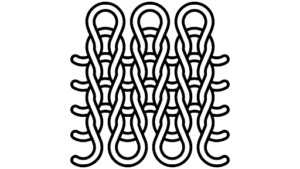
Here is an example of hand knitting with yarn.
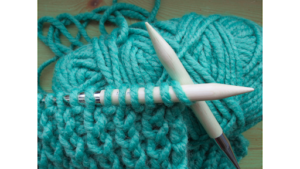
Our knit fabrics are knitted by machine.

Knit fabrics can be made from the same fibers as woven fabrics. You may see knit fabrics made from rayon, bamboo, lyocell, acetate, silk, wool, cashmere, polyester, acetate, spandex, cotton, linen, hemp and more! You may also see blends of these fibers. The fiber, weight, and stretch capabilities all impact how a knit fabric is sewn.
Basic Types of knit fabrics
Single knits: Are knitted with a basic knit pattern of vertical lines on the front (knit stitch) and horizontal lines (purl stitch) on the back. They have a right and a wrong side and tend to curl along the crosswise edges. Jersey is a single knit. Jersey has a crosswise stretch direction and tends to stretch out with less recovery.
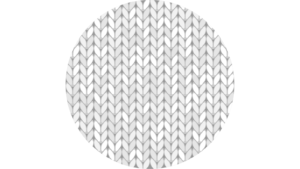

Double knits: Are knitted with 2 sets of needles creating the same look on both sides. They are more stable than single knits and do not curl. Ponte and Interlock are examples of double knits. Interlock is a softer double knit with more crosswise than lengthwise stretch.
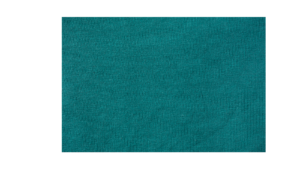
Rib knits: Have vertical ribs on both the right and wrong sides. They are very stretchy in the crosswise direction and make great cuffs, hem bands and neck bands.

Some of the benefits of knit fabrics are:
- Knit garments are the most comfortable to wear.
- Knit garments may require less fitting than woven garments.
- Knit fabrics do not ravel and do not have to be finished in the same way wovens are. However, it is still recommended that you do something with your seam allowances.
- Knit garment patterns may have less pieces making them easier to construct.
- Some knit fabrics are engineered to keep you cool and are great for exercise.
Some challenges with knit fabrics are:
- Single knit fabrics like jersey tend to curl along the crosswise edges. Note: single knits curl toward the right side of the fabric.
- Lighter weight knits can be more challenging to sew and may require extra techniques to sew correctly.
- Knits sew well with a serger. If you plan to sew with knits often, you may want to consider purchasing one. If you do not have a serger, you may find some slightly comparable stitches on your machine.
- Knits can stretch while sewing hems and may require techniques to avoid a rippled hem.
- Knit fabrics tend to pill, or cause small balls to develop on the surface. Extra care is required to prevent or remove pills.
As we continue through this class, you will learn more about knits and how to sew them. First, you will need to make sure you have the correct supplies for the class. Below you will find a presentation to help you with the required supplies for your hoodie project.
